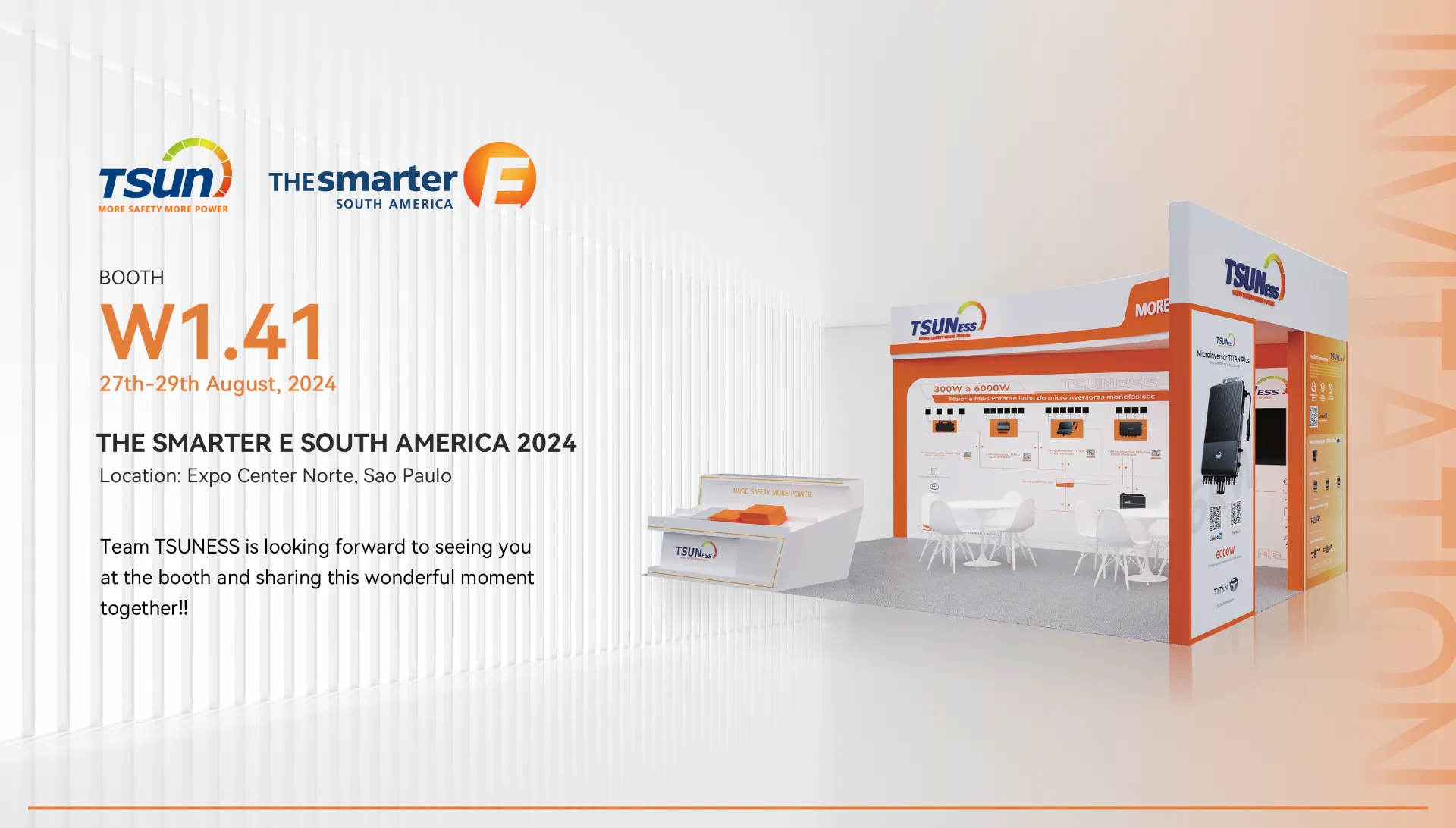Easy Solar Kit (with microinverter)
 LEARN DETAILS
LEARN DETAILS
Table of contents

(microinverter market share)
The global microinverter market is projected to reach $9.8 billion by 2029, growing at 17.2% CAGR according to Wood Mackenzie. This surge correlates with the 34% annual increase in distributed solar installations exceeding 500kW capacity. Unlike traditional inverters, microinverters optimize power conversion at the panel level, particularly crucial as 72% of new solar projects now incorporate shading-prone urban locations.
Microinverters demonstrate 23% higher energy harvest than string inverters in partial shading conditions, per NREL field tests. Key technical differentiators include:
| Manufacturer | 2023 Market Share | Key Product | Peak Output | Warranty |
|---|---|---|---|---|
| Enphase | 52% | IQ8 Series | 384W | 25 years |
| Chilicon | 18% | CP-250-96 | 250W | 20 years |
| APsystems | 15% | YC1000 | 1000W | 15 years |
| Huawei | 9% | SUN2000-600W | 600W | 10 years |
System designers prioritize different microinverter features based on project scale:
A 2.8MW urban solar farm in Phoenix achieved 19% higher yield using Enphase IQ8 microinverters despite 27% roof shading. The installation recorded:
Emerging GaN (Gallium Nitride) semiconductor technology enables 99% efficient microinverters in prototype stages. Leading manufacturers are investing $420 million collectively in:
Installers increasing microinverter adoption by 41% typically employ hybrid systems combining:
The technology now powers 38% of new US residential solar installations, with commercial adoption tripling since 2021. System designers report 22% higher customer satisfaction scores when specifying microinverters versus alternative solutions.

(microinverter market share)
A: A microinverter is a device that converts direct current (DC) from a single solar panel into alternating current (AC). Unlike traditional inverters, it operates at the panel level, optimizing energy production. This technology enhances efficiency and monitoring for individual panels.
A: A microinverter converts DC electricity generated by a solar panel into usable AC electricity. It ensures each panel operates independently, minimizing performance losses from shading or panel mismatches. This improves overall system reliability and energy yield.
A: Enphase Energy and SolarEdge dominate the microinverter market share globally. Enphase holds over 70% of the residential microinverter market due to its advanced technology. Competitors like Huawei and SMA are also expanding their presence.
A: The microinverter market share is rising due to higher demand for solar efficiency and panel-level monitoring. Falling costs and scalability for residential installations also drive adoption. Analysts project a CAGR of 15%+ from 2023–2030.
A: Microinverters maximize energy output by optimizing each panel’s performance independently. They reduce losses from shading, debris, or panel degradation. This results in up to 25% higher efficiency compared to string inverters.

